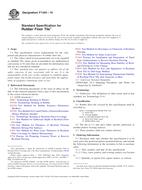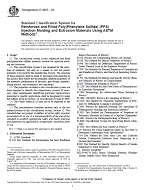1.1 This guide covers the process of defining and documenting the capabilities, the logical data sources and pathways of data exchange within a given network architecture of a Health Information Network (HIN) serving a set of constituents. It is not a technical implementation standard but, rather, it describes how the implementation methods and techniques can be used to logically coordinate clinical laboratory services and Electronic Health Record (EHR) systems involving participating organizations and sites connected by a networked communication system. It covers the content of the nodes and arcs of the resulting logical network involving both laboratory and EHR-capable sites. It also considers the various purposes and organizational arrangements for coordinating laboratory services within the network boundaries and the considerations for connections among external networks.
1.2 It refers to other standards for conventions within various data domains, such as Clinical Laboratory Information Management Systems (CLIMS) and EHR systems, and for messaging conventions. It is intended to outline how integration of CLIMS and EHR Systems can be undertaken to result in a transparent clinical decision support environment, regardless of the underlying implementation architecture, by describing the logical interoperability of information domains as facilitated by Information and Communications Technology (ICT).
1.3 It is directed at clinical laboratorians, information system managers and information systems vendors for use in planning and implementing coordinated laboratory services through effective dialogue.
Product Details
- Published:
- 11/10/2000
- Number of Pages:
- 18
- File Size:
- 1 file , 320 KB


